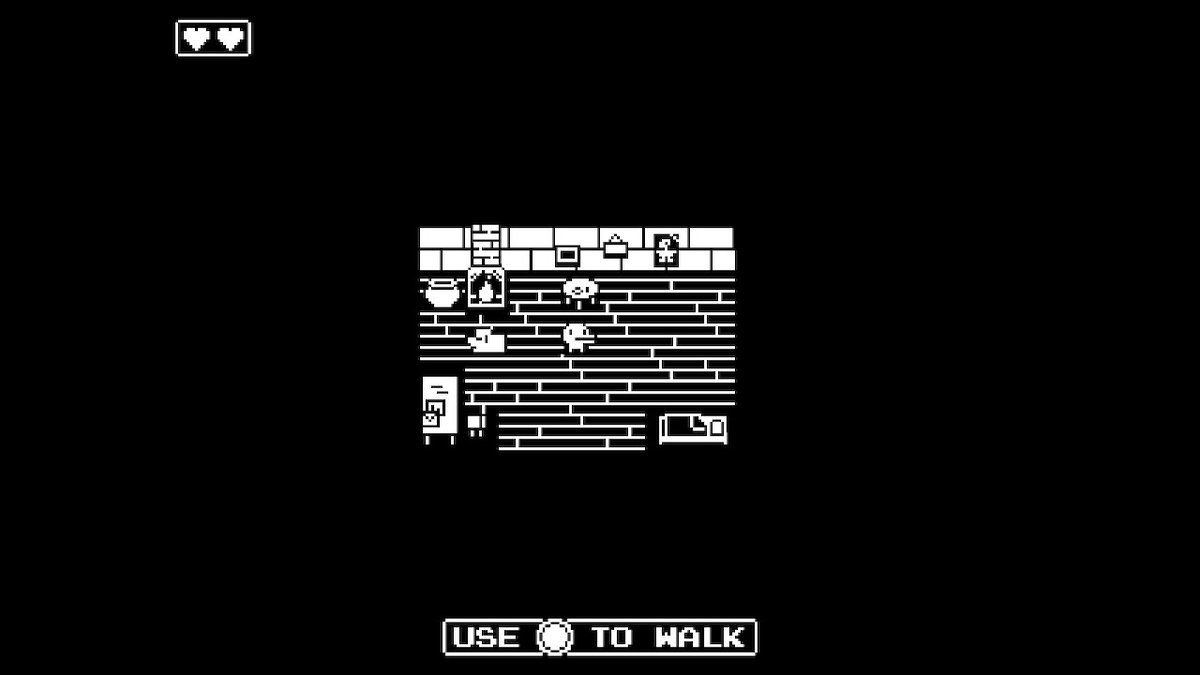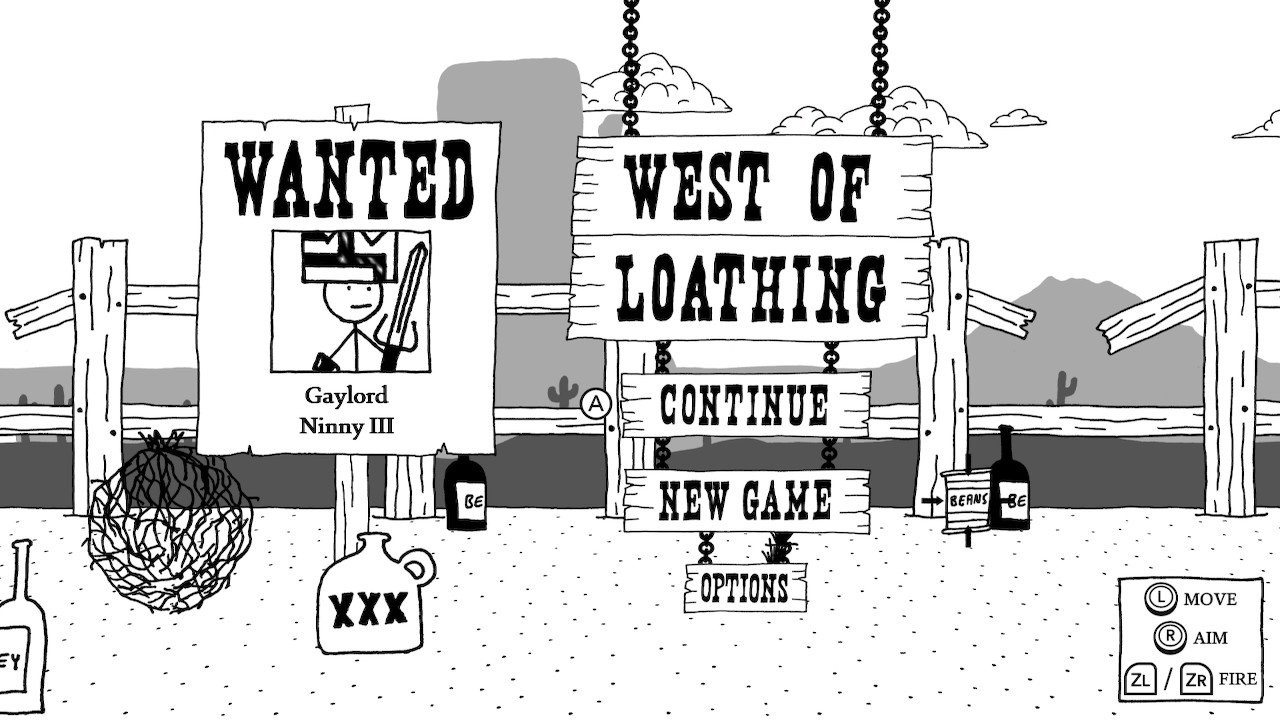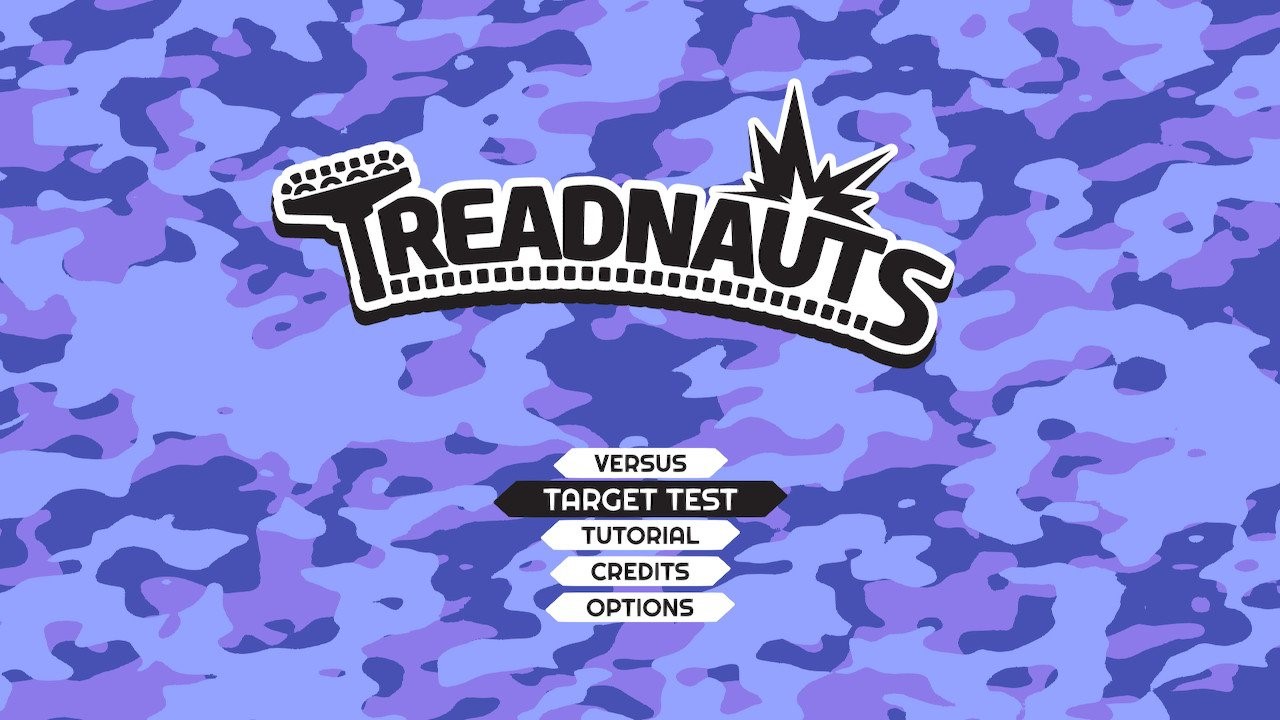A Pleasant Panzer Party
Like a Swiss Army knife, the Nintendo Switch carries a couch multiplayer game to cater to just about any social situation. For large casual crowds, the Jackbox Party Packs or Super Mario Party can eliminate those long awkward periods of silence. Games like TowerFall, Puyo Puyo Tetris, and Crawl can appeal to your geeky friends on game nights. The likes of Snipperclips, Overcooked 2, and Lovers in a Dangerous Spacetime set the mood when you and your buddies enjoy both cooperation and high blood pressure. Even when you’re desperate for anything, there’s 1-2-Switch.
Treadnauts strives to blast a niche for itself in your multiplayer library by throwing you and your compatriots into a bunch of tanks to shoot and stomp each other into smithereens. At first glance, this “competitive platform fighter” may look like a simplistic romp due to its basic premise: destroy the most tanks or survive the most rounds. Although it does boast accessibility, Treadnauts also offers surprisingly intense matches in which dexterity and acrobatics determine the true tank champions.

The developers strayed a little far from realism when designing the tanks. The war machines push forward relatively slowly on their treads but miraculously can climb walls and hang from ceilings. Holding ZL removes your traction entirely and sends you sliding across the arena. Each tank carries up to three shells which gradually refill over time, and tapping or holding X fires a straight or angled shot, respectively. The tanks can double jump, and firing mid-air sends them in the opposite direction of the shell. Using this recoil, you can reliably keep your vehicle in the air with consecutive shots.
The character select screen provides a space to practice with the controls, and once you’re ready, you and up to three humans/computers can move onto the arenas. You choose from four themed locales, each of which contains 10 unique stages (plus four unlockable ones) which cycle after each round. The variety goes a long way to keep the gameplay from going stale, and the developers fortunately added an option to mix and match stages between locales after the game’s release date.
Each round, itself, typically lasts under a minute. A single shell obliterates an opponent, and your treads can accomplish the same by crushing your enemies underneath them. In terms of defense, you’ll rarely outrun your attackers on the ground, but both your bullets and your treads (with enough momentum) can destroy enemy shots. In the air, you can be nigh untouchable with proper shot placement.

Most players will have a grasp on the basics after two or three matches. After an hour or two of playtime, you’ll be comfortable with maneuvering through the air, positioning yourself for a stomp, or countering shots at you. However, even several hours into the game, you may never feel entirely in control of your tank. Treadnauts aspires to replicate the maneuverability of the cars in Rocket League, but the controls don’t provide that precision. Aiming your tank mid-air can feel overly sensitive, resulting in misplaced jumps or shots. More frustratingly, your controls are reversed when your tank is upside-down. Your left is its right, and although this would make sense to anyone below the equator, it’s plain unintuitive for the rest of us.
As such, Treadnauts is better geared for casual competition as opposed to hardcore bloodbaths. However, you can customize your matches to play just about any way you want. Like a child with no fashion sense, you can mix and match whatever modifiers you like, such as slowing the gameplay, enhancing your tanks’ mobility, giving everyone jet packs, making everyone invisible, eliminating all in-stage items, creating teams, or replacing shells with lasers. If editing your own rules doesn’t appeal to you, Treadnauts offers preset rules like a no-frills competitive mode or “Sherman’s Chess” in which your bullets can freeze mid-air, creating a minefield out of the map.
As you play, you gain experience points, and each level up grants even more modifiers. The thrill of unlocking new content eventually turns into a chore as you realize one level equates to 6-7 multiplayer rounds. The customization options enhance the gameplay and stand out as the main highlight of Treadnauts, so it’s confusing that the developers locked much of the content behind arbitrary point values. Unlocking everything can take up to ten hours or more, and grinding levels may wear at your sanity before you reach your goal.

For those who appreciate the cold isolation of a single-player mode, Treadnauts’ Target Test tasks players with destroying a smattering of targets under a set amount of time. Across the forty stages, you’ll need to slide, fly, and shoot perfectly to nail a gold or platinum medal. These medals yield considerable XP, but the time limits demand such flawless execution that you may struggle to even rank silver. Coupled with the aforementioned control issues, achieving the coveted gold on each stage takes dedication, payloads of time, and a bottle of aspirin. Without online leaderboards, Target Test will have little appeal to many players and leave you longing for other single-player options.
On the presentation side of things, Treadnauts adopts a light-hearted, cartoony look which sports quite a bit of character, from its overly distinctive tank pilots to its celebratory champagne shots to its snarky comments between rounds. The music complements the tone well enough but is usually lost amongst the sounds of explosions, engines, and the tears of the fallen. The game runs smoothly for the most part, but four-player matches can experience occasional frame rate issues.

Conclusion
Amongst the multitude of quality multiplayer Switch games, Treadnauts offers a quirky and inventive experience best enjoyed in 4-5 round increments. Its immediate accessibility engages new players in its frenetic action, and the huge menu of modifiers creates a substantial amount of variety for dedicated gamers. Even with competent bots and Target Test, this game isn’t for those going solo, and it asks a bit much from its players to fully master the controls or unlock all the content. Despite this, Treadnauts mixes the right amounts of chaos, skill, and strategy to liven your social situations with friendly competition and celebratory shouting matches.
Arbitrary Statistics:
- Score: 7.5
- Time Played: Over 5 hours
- Number of Players: 1-4
- Games Like It on Switch: Rocket Fist, TowerFall
Scoring Policy














